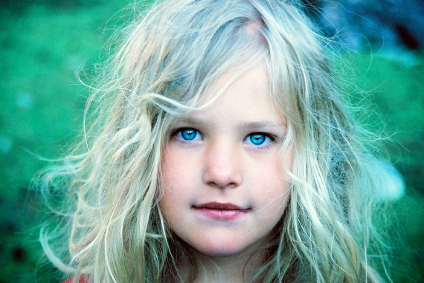That is great! You may be lost, however, due to an oversaturation of information. The next few paragraphs will see to it that you have a foundation on which to build your photography skills.
Use photo manipulation programs to create images that would have been impossible with ordinary film only, including those that resemble watercolors, pencil sketches, and oil paintings. Many software packages are available, with Adobe Photoshop being the most popular. You can transform your photos into works of art by using features like “filter”.
Overcast skies should not be included in the composition of a picture. Including too much of a gray sky will make your pictures appear muted and washed-out. Black and white photography may work better if you must shoot into an overcast sky. Conversely, a bright blue sky will only enhance your photographs, as long as you are mindful of the light.
Depth is an important feature to incorporate in your landscape images. Get a sense of scale by having a person or object placed in the foreground. A small aperture–no more than f/8 on a digital camera and no more than f/16 on a SLR–can show sharpness in both the background and foreground.
Fully Charged
These are important shots to capture, so ensure your batteries are fully charged. Digital cameras can suck up a lot of battery power, the LCD screen has a lot to do with this, make sure you have your batteries fully charged. Get a few sets of rechargeable batteries, and always take an extra set with you. You’ll never miss a shot this way.
Take pictures of the souvenirs you purchased when you travel. You might take a shot of the store, or photograph the item in its original setting. When you do this, you have a nice, ready-made way of sharing the story of your souvenir hunting expedition!
Figure out the best blend of aperture, ISO and shutter speed. The three features together determine the photograph’s exposure. Overexposure or underexposure are usually considered to be negatives, unless you are going for a very particular feel to the image. Have a play with these features and the changes they can make to your photos until you discover what combination of the three you like the best.
Consider enrolling in a photography group, or team up to take shots with a photographer who shares your interests. You could learn a lot from other people, but do not let their style influence your pictures. Do a side-by-side comparison of pictures taken of the same object to see how different people view the same object.
Learn a valuable art in composition by learning that less is more when it comes to your photos. A scattered jumble without a focal point doesn’t add to a picture. Simplicity is sometimes more beautiful, and mastering the ability to know when can transcend your photos to a new level.
You should always have an idea as to if you want to use highlights or shadow exposure in your pictures. However, with new digital technology you can take two photos of the same subject, each with different exposures, and stitch them together into a perfectly exposed photo.
Be sure to not lose out on a good photo opportunity because you are messing with the settings. After saying this, you also do not want to use a preset, which will allow your camera to pick all the settings for you. Learn and explore your camera’s options and settings.
If you are interested in pursuing photography throughout your life, it is crucial to discover what kind of equipment works best for you. Most professionals use brands, such as Nikon or Canon, but there are several other camera brands that will allow you to take a quality picture.
After reading the information provided, you should now have a better idea on how to go about improving your own photography skills. Refer back to this article whenever you need some new ideas. Your photography will improve with practice and your photographs will begin to become works of art.








